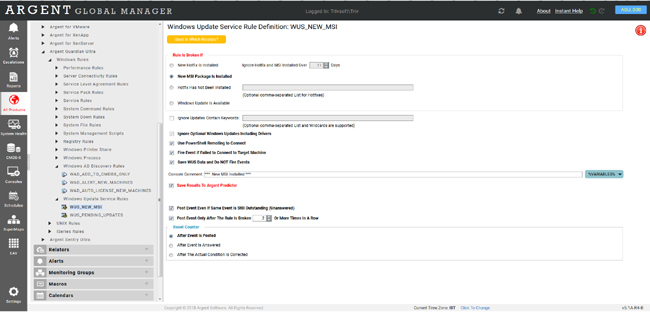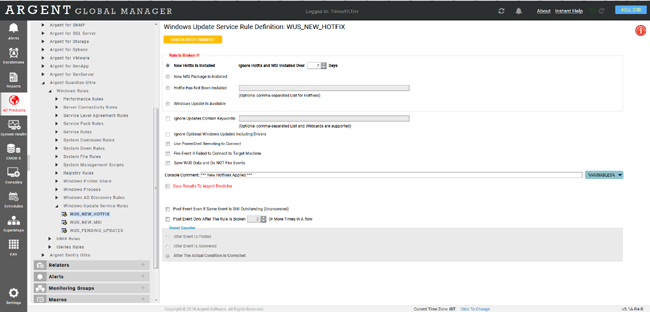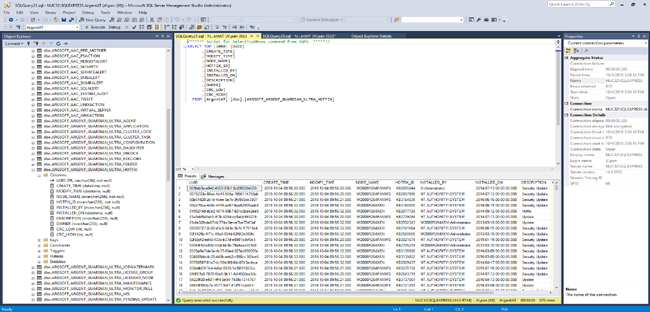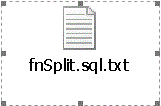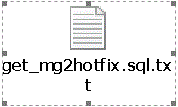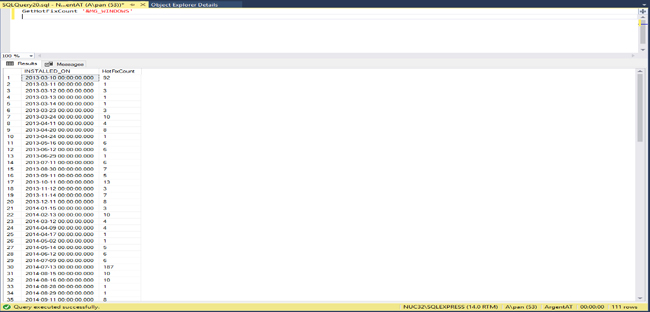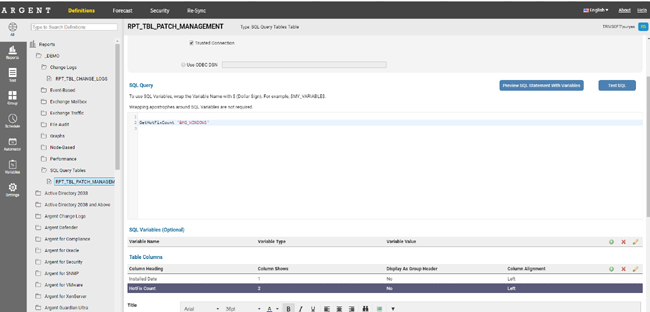KBI 311719 New Product: Argent Patch Manager-How It Works
Version
Argent Advanced Technology 5.1A-1810-A and above
Date
Monday, 8 October 2018
Summary
The new Argent Patch Manager product has been bundled in the Argent Guardian Ultra for now
Technical Background
Common Questions
Here are the answers to some of the most common questions regarding the Argent Patch Manager product
Argent is installed at a customer site having five independent data centers worldwide consisting of a total of 2,800 servers
When Argent first starts, how long does it take before the central Argent SQL database has been loaded, and how much disk space does each of the 2,800 machines consume in the central Argent SQL database?
Unlike Event log archiving, information of installed hotfix and software is gathered as a whole each time the Relator runs
The typical machine has about 500 installed software products and less than 100 hotfixes
Argent will generate about 100KB raw data, and about 600 rows for each machine in the central Argent SQL database – one row for each installed product
The information is almost static – it rarely changes; how many products do you install or upgrade per week on your own laptop?
This is why Argent recommend to run the Argent Patch Manager Rules once a day and gather information from all 2,800 servers
For suspicious machines, the Argent Patch Manager Rules can be run more frequently
After initial load flurry, what is the additional daily maintenance load per server?
There is no initial flurry
Each time, the whole queried information is sent from the Monitoring Engine to central server for processing
There is no benefit collecting differential information
In order to figure out differential data, the previously collected list of installed products and hotfixes would have be made available at the Monitoring Engine from the central server
The bandwidth usage is same — if not more – than downloading the whole and performing the comparison at the central site
However the database insert/update is differential
Argent is optimized to handle only the newly installed or de-installed software products and hotfixes when the central Argent SQL database is updated
How will this differ from all 2,800 servers being in one location?
The difference is an Argent Daughter uploads the information about the installed hotfixes and software products to Argent Mother Engine
The upload file is typically compressed down to 8% of the original size
Thus each machine will account for about 50 kilobytes of data, uploaded once a day or an hour
Implementation Details
Here are the details of how the Argent Patch Manager in implemented
The new Argent Patch Manager product is implemented as a single Super-Rule and can do following:
- Automatically build a master proposed whitelist of all valid products on all servers worldwide
- Find and list all new Hotfixes installed in past x days
- Find and list all new MSIs installed in past x days
- Find and list all machines where Hotfix xxxx has not been installed
- Find and list all machines with pending Windows Updates
The Rule saves installed hotfixes or MSI software in SQL tables for later reporting
Optionally, the Super-Rule can save the count of pending Windows Updates as Argent Predictor data
By default, Argent reads information hotfix, MSI or pending update remotely
It is generally the fastest option
However, it must be allowed by the network configuration
It is usually not an issue when servers are in the same domain and service account is a Domain Admin
When the information is not accessible remotely, the Rule option ‘Use PowerShell Remoting to Connect’ should be used
This is especially useful if the remote machine is in a workgroup or a different domain
Of course, it requires the remote machine allows PowerShell Remoting
See KBI 311178 Enabling PowerShell Remoting for details
Generating Global Hotfix Statistics Worldwide
Here is how to get Hotfix statistics for a Monitoring Group
The information is stored in SQL Table ARGSOFT_ARGENT_GUARDIAN_ULTRA_HOTFIX
It is simple to retrieve Hotfix statistics on hardcoded individual or multiple machines
Simply run following SQL query:
select installed_on, count(uuid) from argsoft_argent_guardian_ultra_hotfix
where node_name in (‘machine1’, ‘machine2’, ‘machine3’)
group by installed_on
order by installed_on
The SQL query shows the count of installed hotfixes each day for the selected machines
When the request is to retrieve statistics for a Monitoring Group, it becomes much more complicated
The difficulty is because the Monitoring Group could be ODBC query based and column ‘NODES’ is included machines separated by carriage return and newline
To address the issue, user should take following steps:
- Install User Defined Function ‘fnSplit’, which can parse multiple-line text and return a row set of individual lines
To do so, run query in script file fnSplit.sql.txt
- Install Stored Procedure ‘GetHotFixCount’, which takes Monitoring Group name as parameter, and returns rows of two columns ‘INSTALLED_ON’ and ‘HotFixCount’
To do so, run query in script file get_mg2hotfix.sql.txt
An example of using such a Stored Procedure is shown as follows:
With this Stored Procedure in place, it is easy to present the data either in list report or chart with Argent Report
Resolution
Upgrade to Argent Advanced Technology 5.1A-1810-A or above
